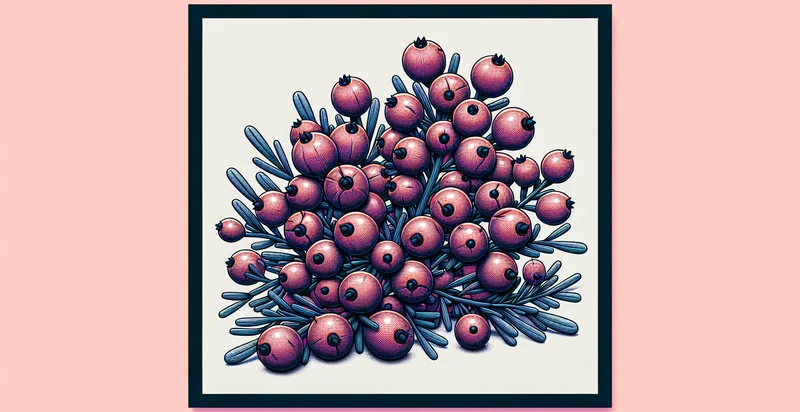Identify juniper species
using AI
Below is a free classifier to identify juniper species. Just upload your image, and our AI will predict what species of juniper it is - in just seconds.

Contact us for API access
Or, use Nyckel to build highly-accurate custom classifiers in just minutes. No PhD required.
Get started
import nyckel
credentials = nyckel.Credentials("YOUR_CLIENT_ID", "YOUR_CLIENT_SECRET")
nyckel.invoke("juniper-species", "your_image_url", credentials)
fetch('https://www.nyckel.com/v1/functions/juniper-species/invoke', {
method: 'POST',
headers: {
'Authorization': 'Bearer ' + 'YOUR_BEARER_TOKEN',
'Content-Type': 'application/json',
},
body: JSON.stringify(
{"data": "your_image_url"}
)
})
.then(response => response.json())
.then(data => console.log(data));
curl -X POST \
-H "Content-Type: application/json" \
-H "Authorization: Bearer YOUR_BEARER_TOKEN" \
-d '{"data": "your_image_url"}' \
https://www.nyckel.com/v1/functions/juniper-species/invoke
How this classifier works
To start, upload your image. Our AI tool will then predict what species of juniper it is.
This pretrained image model uses a Nyckel-created dataset and has 20 labels, including Juniperus Californica, Juniperus Chinensis, Juniperus Communis, Juniperus Davurica, Juniperus Deppeana, Juniperus Horizontalis, Juniperus Merits, Juniperus Oxycedrus, Juniperus Phaeocoma and Juniperus Plicata.
We'll also show a confidence score (the higher the number, the more confident the AI model is around what species of juniper it is).
Whether you're just curious or building juniper species detection into your application, we hope our classifier proves helpful.
Related Classifiers
Need to identify juniper species at scale?
Get API or Zapier access to this classifier for free. It's perfect for:
- Conservation Monitoring: Environmental organizations can use the juniper species identifier to monitor the health and distribution of juniper populations in various ecosystems. This information can help prioritize conservation efforts and manage resources effectively, ensuring that endangered species receive the attention they need.
- Forestry Management: Forestry companies can implement the juniper species identifier in their land management practices to categorize and assess the growth of different juniper species. This data enables better planning for timber production, sustainability initiatives, and forest health assessments, ultimately leading to more responsible forestry practices.
- Agricultural Research: Researchers in agricultural settings can utilize the juniper species identifier to study the competitive interactions between junipers and other crops. Understanding these interactions can lead to improved crop management strategies and biodiversity preservation in agricultural landscapes.
- Landscaping Design: Landscape architects and designers can use the juniper species identifier to select the appropriate juniper species for specific environments and aesthetic goals. By identifying native and drought-tolerant species, they can create sustainable landscapes that enhance biodiversity and ecological resilience.
- Ecological Restoration Projects: Restoration specialists can incorporate the juniper species identifier to ensure the correct species are planted during habitat restoration projects. Accurate identification helps restore biodiversity and resilience in ecosystems that have suffered from invasive species or environmental degradation.
- Wildlife Habitat Assessment: Wildlife researchers can use the juniper species identifier to assess habitats and determine how different juniper species support various animal species. This information aids in understanding species interactions and improving conservation strategies for vulnerable wildlife populations.
- Pharmaceutical Research: Researchers exploring natural products can use the juniper species identifier to isolate and study the medicinal properties of specific juniper species. This application could lead to the discovery of new natural compounds with therapeutic potential, contributing to advancements in pharmaceuticals.


